Lilias Adie Grave Marker
The long-lost final resting place of an accused witch.
During the 1500s to 1700s, Europe was not an ideal place to be, especially if you were a woman, lived alone, were elderly, or had a particular physical ailment. This was a period of time that is often referred to as the Witch Craze, though there are some records that indicate this collective hysteria began as early as the 14th century. It has been documented that several thousands of women, men, children, and even animals were tried for practicing or associating with the art of witchcraft. Those who were found guilty were often strangled and burnt at the stake.
Scotland held more witch trials and executions than any other European nation. It didn’t help matters that a leading proponent of ridding the land of Satan worshipers was King James VI and I. In fact, in 1595 he wrote a book entitled, Daemonologie (Demonology) that was often cited and used to hunt down those accused of implementing the Dark Arts. During the 16th and 17th centuries, it has been estimated that somewhere between three to four thousand people were put on trial, with two-thirds of those perishing at the hands of the Scottish judicial system.
One such person was Lilias Adie of the coastal town of Torryburn in the county of Fife. Adie was charged with evildoing by a neighbor and put on trial for a month. This entailed long periods of torture, including sleep deprivation, to elicit a confession. Lilias perished during her captivity, most likely a suicide brought on by the treatment she endured. She could not be laid to rest in consecrated ground, so it was suggested that she be buried at low tide in the Firth of Forth estuary, with a half-ton slab covering her lest she reanimate. This is the only example of a sea interment of an accused witch in Scotland.
Over the succeeding centuries, trophy hunters wouldn’t let her rest. It has been reported that her coffin was made into a cane once owned by the great philanthropist Andrew Carnegie, and that bits of her skeleton were sold as souvenirs. One such body part was her skull, which eventually found its way to St. Andrews University. Photographs were taken in 1904, it wouldn’t be until 2019 that forensic scientists at Dundee University were able to create a 3D image of what Lilias Adie may have looked like.
A quest to relocate the misappropriated remains was started in 2014, but ended up empty-handed. However, the search did lead to the official discovery of her final resting place. More than 300 years after her terrible ordeal, a group led by local residents and members of the Fife Witches Remembered got together to commemorate and honor a life so tragically cut short. Just off Main Street in Torryburn is a bust of Lilias’ likeness, along a circular plaque that is a part of the Fife Witches Trail. Other locations can be found in Culross and Valleyfield.
Know Before You Go
The rock slab cannot be seen at high tide, so check tide tables for Torryburn before venturing out. It is rectangular in shape and positioned several yards out from the coastline, but prior to the railway bridge. The surface between the shore and the marker is fairly deep mud, so wellies are recommended if you don't want to try balance on the irregular, small rocks placed there. The bust and plaque are located along Main Street prior to the playground. The 8/8A bus from Dunfermline will take about 15minutes.

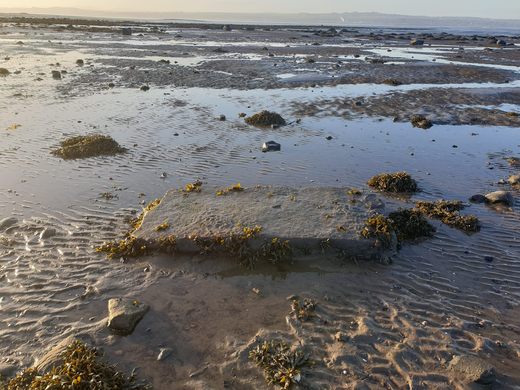
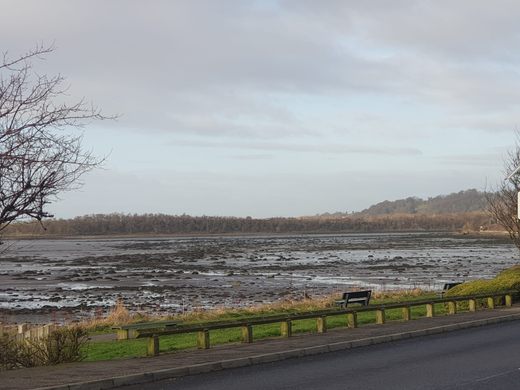
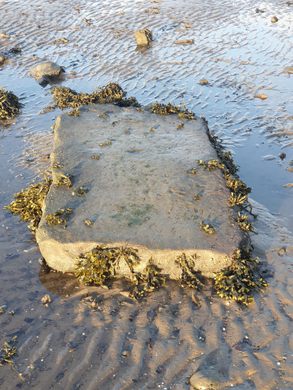
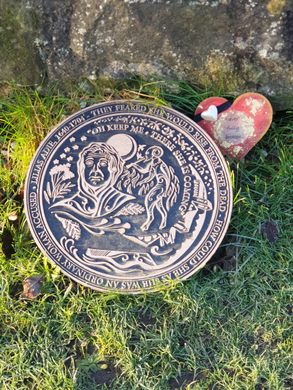
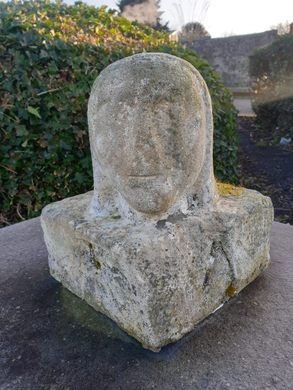






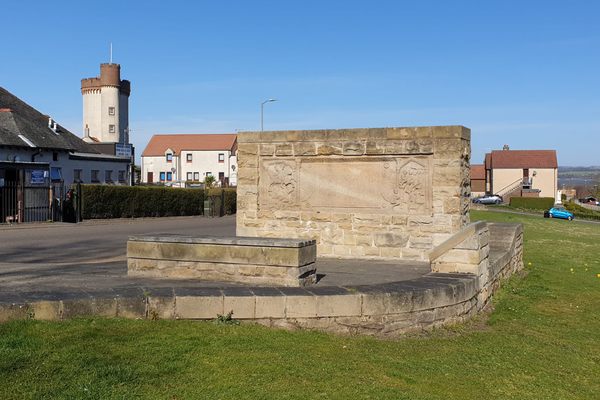







Follow us on Twitter to get the latest on the world's hidden wonders.
Like us on Facebook to get the latest on the world's hidden wonders.
Follow us on Twitter Like us on Facebook